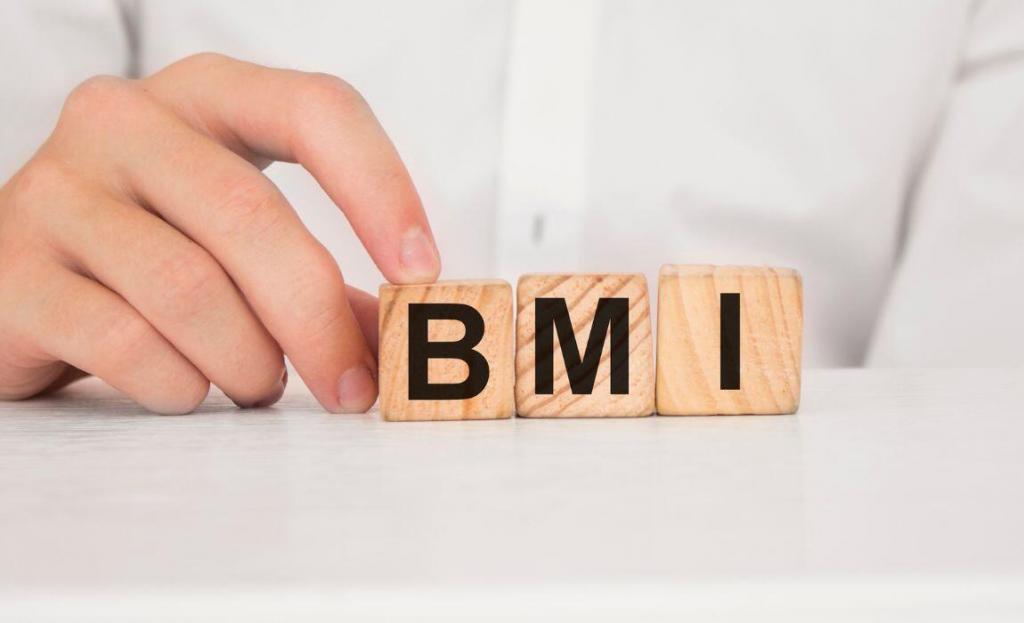Why it’s time you rethink using BMI to screen out fat reduction clients (and learn how to treat bigger clients instead)

Body contouring clients come in all shapes, sizes, ages, genders, ethnicities, and socioeconomic status. Each client has different concerns and unique goals. And there is certainly no standardized ‘ideal body.’ Which begs the question, should you use BMI to screen out fat reduction clients? We ask because many fat reduction machine manufacturers advise against treating a client with a BMI over 30. But is that really the best advice for our body contouring clients…and our business or practice? We don’t think so. And in this article we give you the reasons why it’s time you rethink it if you’re using BMI to screen out fat reduction clients.
Let’s review some facts about Body Mass Index (BMI) and its relationship with body contouring treatments.
Body Mass Index (BMI) and Non-Invasive Body Contouring
- Body Mass Index (BMI) has become the standard of care in US medicine as a screening tool for health risk.
- And many body contouring providers use BMI to screen out fat reduction clients.
- But as body contouring professionals, we are not purporting to treat disease…or to screen for disease.
- However, instead of disease screening, BMI has found its relevance in non-invasive body contouring due to fat reduction device manufacturer guidelines regarding BMI and treatment restrictions…more on this later.
What is BMI?
Body Mass Index (BMI) is a calculation that measures a patient’s body fat by dividing their weight in kilograms by their height in meters squared (BMI = kg/m2).
When does BMI label a patient as ‘obese?’
Obesity is a medical diagnosis. And utilizing the BMI calculation, obesity is defined as any BMI result over 30. And a diagnosis of ‘overweight’ with a reading of 25 to 29.9.
Does BMI have any shortcomings?
BMI is a quick and easy tool, but healthcare professionals recognize there are shortcomings with it:
1 BMI does not account for the difference between muscle and fat
- BMI cannot account for the difference between muscle and fat.
- BMI does not measure the fat percentage in the client’s body.
2 BMI does not measure body fat distribution
- BMI does not define where fat is located in or on the body.
- Where fat is located on the body determines the specific health risks for each patient.
3 BMI does not account for differences between demographics and races
- BMI was developed in Europe with an entirely Anglo-Saxon population base.
- Researchers have since found that the obese cutoff for patients of Asian descent should be lower (more like 25) and the cutoff for Black women should be higher (more like 32).
- But no adjustments to BMI scores and diagnoses have been made to date.
What is Ideal Body Beauty?
- According to the APA Dictionary of Psychology, Ideal Body Beauty is defined as the body type promoted within a culture and its media as most attractive or most appropriate to a person’s age, gender or race.
- In the US, we are a nation of many cultures and many forms of media, so there is not a single vision or belief of ideal body beauty.
- As body contouring professionals, we treat clients of differing ages, genders and races.
- And each of our clients possesses their own ideal body beauty goals and defines what Ideal Body Beauty is for them.
Why should you rethink using BMI to screen out fat reduction clients?
Most non-invasive fat reduction treatments and technologies are both safe and useful in bigger clients, those who are overweight (with BMI’s over 24.9) or obese (with BMI’s over 30), as long as they are motivated and realistic about their anticipated results.
When bigger clients present to your body contouring business, most are not expecting a treatment to cure their obesity or a weight loss miracle. They want to feel better about themselves by improving an area of their body.
And all the reasons we perform non-invasive fat reduction treatments for our clients of normal weight stand true with our bigger clients.
1 Non-invasive fat reduction carries less risks than surgical fat reduction and minimally invasive procedures, which is especially important for our bigger clients
2 Non-invasive fat reduction treatments reduce fat and lead to inch loss and smoothing in the treated area for our bigger clients
3 Our bigger clients can feel better about themselves by undergoing non-invasive fat reduction treatments
Our experience treating bigger patients in our medical spas
- We’ve treated patients of all sizes during our fifteen plus years of owning and operating medical spas.
- And in 2015, when we purchased SculpSure, we were one of very few providers in the nation who treated patients with 30+ BMI. We did not use BMI to screen out fat reduction clients.
- Cynosure, the manufacturer of Sculpsure, advised caution (and still does) when treating patients with BMI over 30.
- We made sure to ensure realistic expectations before committing to treat.
- And what we found…was that these patients often had very dramatic reduction.
So now that we’re teaching others how to build their own profitable body contouring business, we spread the news in all of our body contouring certification courses!
Do not impose your judgment
Some body contouring providers tell us that they do not feel ‘right’ treating bigger clients.
When we dig deeper, we find that these providers are imposing their own judgment and standards when deciding if a client should spend the money for a treatment. They are deciding what client should expect…or be pleased with.
But it’s not what you expect. It’s what your client expects.
If the client says she will be happy seeing some reduction, then you should be happy that she is spending the money for the treatment and getting some reduction. That’s what she wants.
How to Treat the Bigger Client
- Determine the client’s goals
- Elicit statements from the client that define her expectations
- Look for these types of comments:
“I would be happy to see something. It would get me motivated.”
“I just want to see a little slimming right here.”
“I understand I cannot expect to look like a supermodel.”
- Set realistic reduction expectations clearly
- Focus on the main concern = ONE treatment area
- For a treatment series, recommend at least 8 treatments to start (customized to your client and her goals)
- Set expectations. Tell the client what she can expect from the one series of treatments to the the ONE treatment area
- Then move to other areas of concern and advise your client to wait for treatment to those areas until she completes the series to the first treatment area
If you have been using BMI to screen out fat reduction clients, we hope the information in this article has given you pause to think.
Visit www.bodycontouringacademy.com for more information about building and growing your business using non-invasive body contouring.
